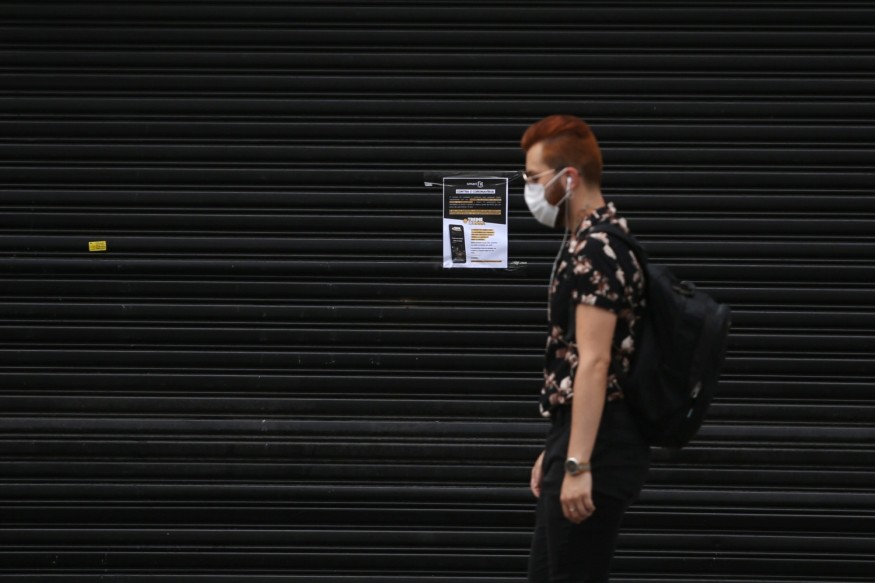COVID-19: Just How Contagious Is It Really?

The statement by the WHO has intensified pressure on authorities to speed up their efforts, prompting preparations for emergency action and upgrading life all over the world.
Nations across the world are shutting borders and placing people under quarantine in an effort to control the latest outbreak of COVID-19, named by the World Health Organization (WHO) a pandemic.
Listed below is everything you need to understand about the SARS-CoV-2 infection and infection it has given:
How contagious is it?
COVID-19 is much less infectious than H1N1, whereby the R0 of it ranged between 1.2 to 1.6, while Ebola with a transmission rate around 1.6 to 2.
Nevertheless, it is not as contagious as SARS that has been spread to four individuals or MERS and in some areas has an infection rate around 2.5 and 7.2.
As per the research of WHO, the estimated R0 (contagion metric) of the latest COVID-19 is approximately around 2 and 2.5. This means that the individual diagnosed with COVID-19 will transfer it over to more than two individuals.
This renders the infection more contagious than that of the seasonal influenza (R0 at 1.3), which can also be transferred to 1 person on average.
Symptoms and ho is at greater risk?
The WHO states that fever, exhaustion, and persistent dry cough are by far the most severe indications of COVID-19. Aches and discomfort, nasal congestion, runny nose, rage or diarrhea may occur in other patients.
Incubation duration ranges generally from one to fourteen days from exposure and onset of symptoms. In the course of five to six days most affected individuals exhibit symptoms.
Older people as well as those with serious medical conditions like hypertension, heart disorders or diabetes are more likely to suffer severe illness.
Contaminated patients may also be asymptomatic, while they may not exhibit any signs given the infection in their body.
How to Keep Yourself Safe
Experts disagree that face masks are more effective in preventing a healthy person from contracting airborne viruses and claim they are better at stopping an infection. Due to its looseness and permeability, masks may not keep everything in the air from getting in.
Wash your hands regularly and properly, conceal your face with tissue or elbow while coughing and sneezing, and afterwards throw tissue onto an empty dumpster; avoid touching the eyes, nose and mouth; disinfect objects and areas that you sometimes contact; ask for medical care if symptoms occur.
An escalating number of nations have urged the public to isolate themselves of at least two weeks while still introducing a range of strong social separation measures, like restricting public gatherings and closing schools.
Myths and Misinformation
Some knowledge on how individuals can keep the infection from obtaining is widely circulated. Here are a few of the myths that don't rely on factual proof that people must not panic:
Taking antibiotics
Bacteria are only the target of antibiotics. They don't fight infections. COVID-19 is an infection and can not necessarily be used as a vaccine or medication to avoid or treat the coronavirus and its disease.
Drinking water
There really is no conclusive proof that this can help people flush out the infection by drinking huge amounts of water.
Snow and cold weather
There really is no proof that somehow the current coronavirus could be destroyed by cold weather. Throughout all countries, including areas with hot and wet weather, COVID-19 can be transferred.
Mosquitoes bites
You must not stress if you reside in an area with mosquitoes. There is no confirmation and data indicating that COVID-19 could be transferred by mosquitoes, per the World Health Organization.
Also Check These Out!
Subscribe to Latin Post!
Sign up for our free newsletter for the Latest coverage!
© 2025 Latin Post. All rights reserved. Do not reproduce without permission.















